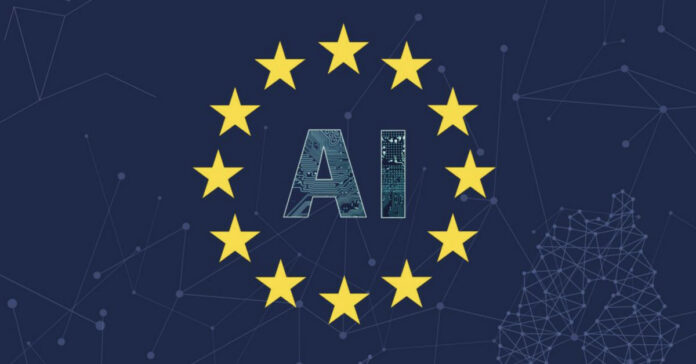This article discusses the European Union’s approach to artificial intelligence (AI) and how it will help the continent become more robust.
The European approach to artificial intelligence (AI) will contribute to the development of a resilient Europe for the “Digital Decade,” in which people and businesses may profit from AI.
It focuses on two areas: AI excellence and AI reliability. The European approach to AI will ensure that any AI advances are founded on norms that protect the market and public sector functioning, as well as people’s safety and fundamental rights.
The European Commission established an AI strategy to go hand in hand with the European approach to AI to assist further outlining its vision for AI. The AI strategy provided research streamlining strategies as well as policy solutions for AI regulation, all of which went into the AI package’s development.
Through a set of complementary, proportional, and adaptable rules, the Commission hopes to manage the risks posed by certain AI applications. These laws will also give Europe a leadership role in establishing the global gold standard.

This approach provides the clarity that AI developers, deployers, and consumers require by interfering solely in circumstances where existing national and EU laws do not apply. The legal framework for AI suggests a straightforward, straightforward method based on four risk levels: unacceptable danger, high risk, limited risk, and minimal risk.
A legal framework for AI has been proposed by the European Union.
Through a set of complementary, proportional, and adaptable rules, the Commission hopes to manage the risks posed by certain AI applications. These laws will also give Europe a leadership role in establishing the global gold standard.
This approach provides the clarity that AI developers, deployers, and consumers require by interfering solely in circumstances where existing national and EU laws do not apply. The legal framework for AI suggests a straightforward, straightforward method based on four risk levels: unacceptable danger, high risk, limited risk, and minimal risk.
This approach provides the clarity that AI developers, deployers, and consumers require by interfering solely in circumstances where existing national and EU laws do not apply.
The legal framework for AI suggests a straightforward, straightforward method based on four risk levels: unacceptable danger, high risk, limited risk, and minimal risk.
Follow and connect with us on Facebook, LinkedIn & Twitter

